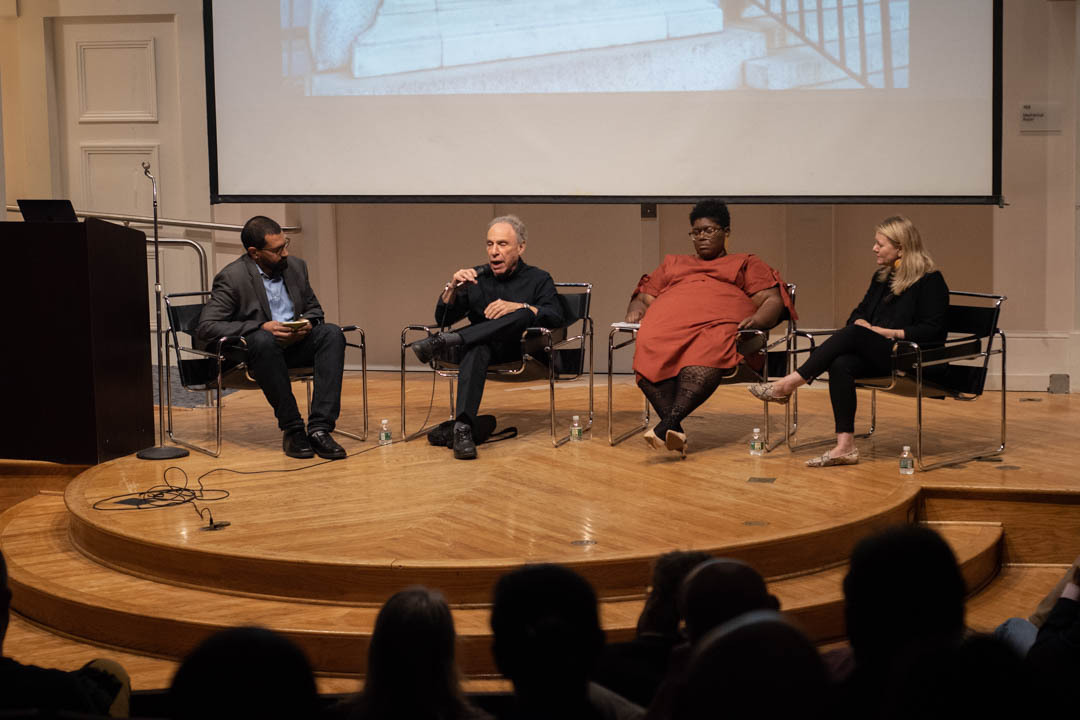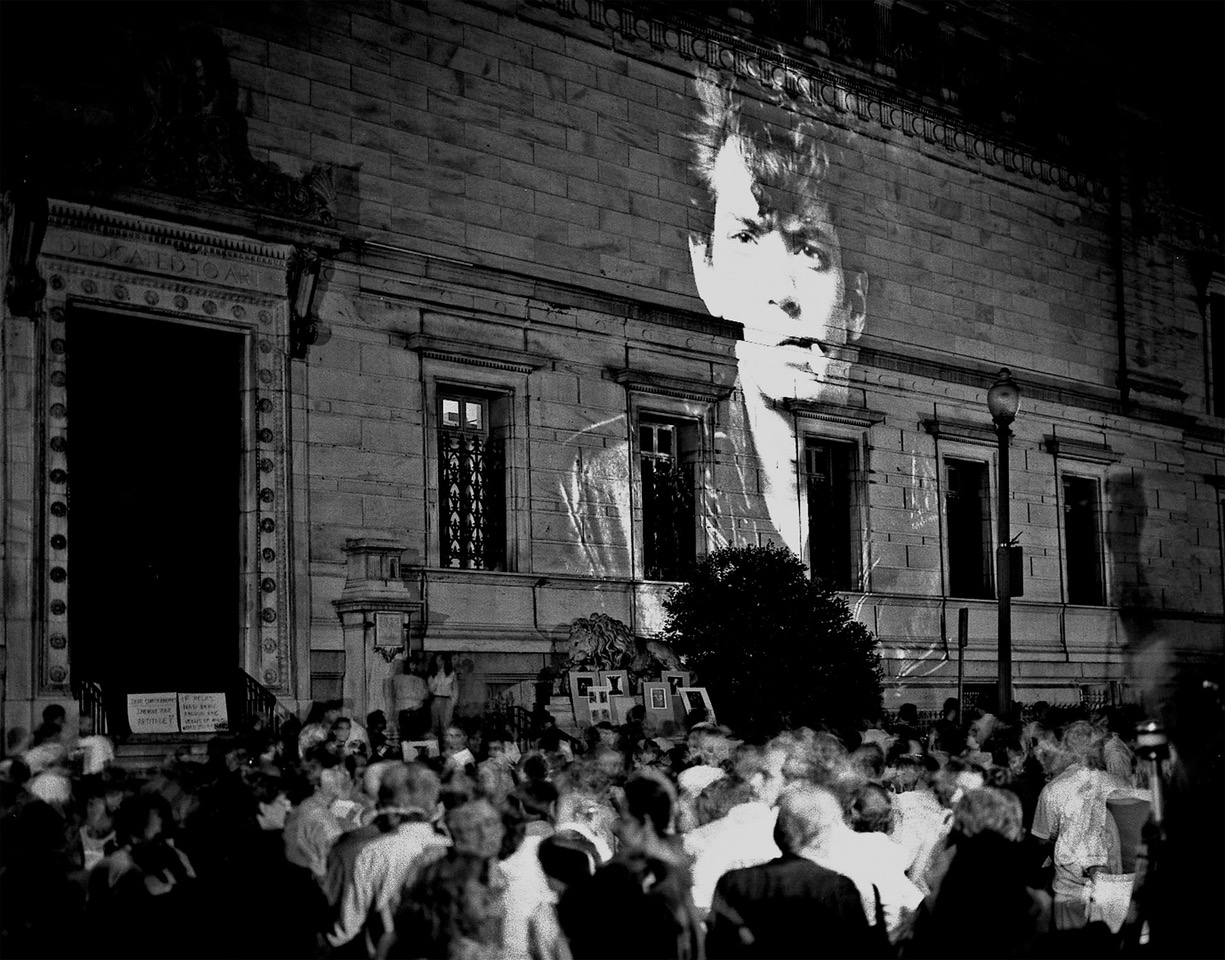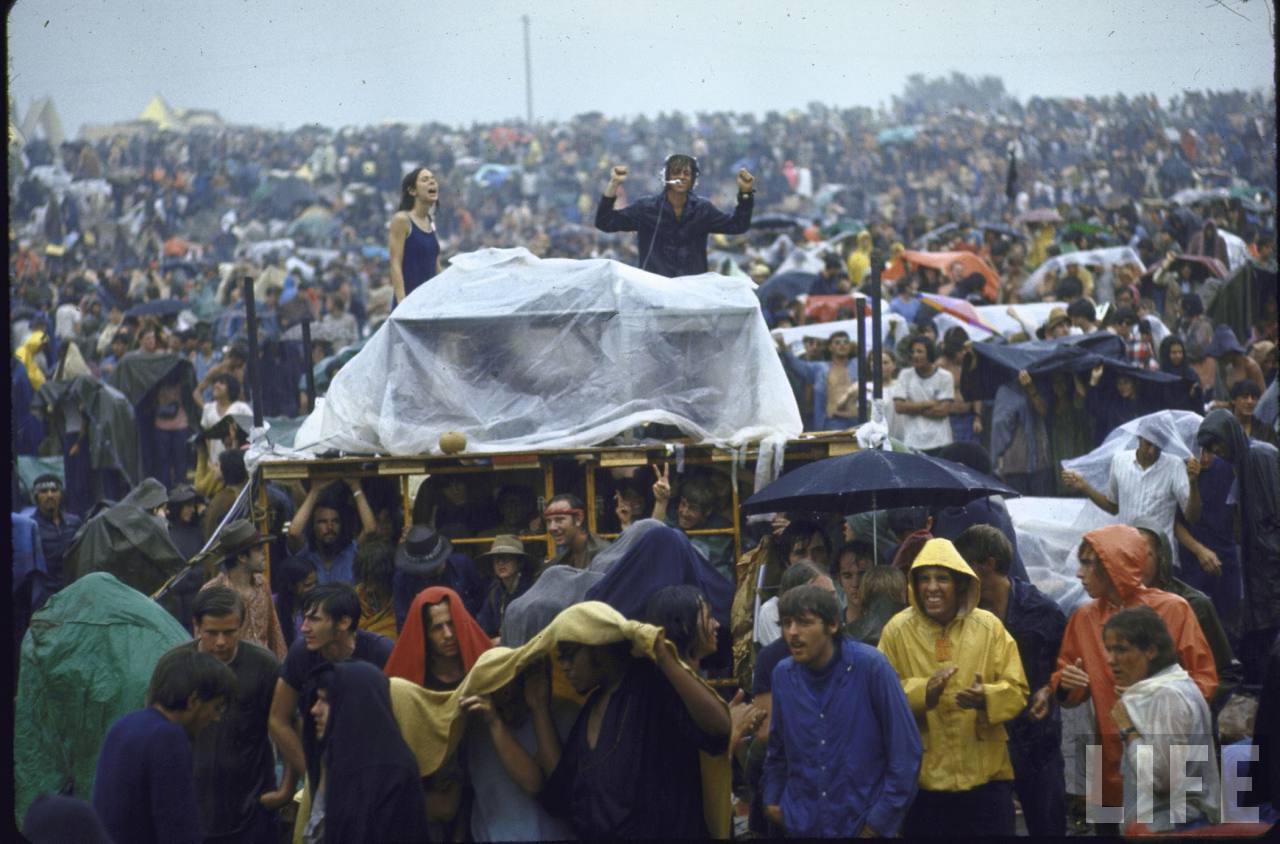By Tatyana Hopkins
The upcoming exhibit of the National Portrait Gallery’s annual portrait competition will include some work that “could cause some backlash” as entrants were asked to submit works that reflect on the current political and cultural climate, said Dorothy Moss, a painting and sculpture curator at the gallery.
She said while museums have not always embraced contemporary issues and controversy, there is a new wave of curators working to create an open space dialogue “when we so desperately need it.”
“It's interesting to me to be here in Washington under the Trump administration, working in a federal museum that some of this work is happening in really productive ways,” Dr. Moss said, noting that the competition exhibit will feature "profound work about border politics" by Latinx artists. “[Smithsonian Secretary] Lonnie Bunch is actively telling curators at the Smithsonian to embrace controversary and not to back away from [it].”
Dr. Moss spoke Sunday on a panel at the George Washington University Corcoran School of the Arts and Design about artistic freedom and the potential dangers of museum censorship. The panel commemorated the 30th anniversary of the former Corcoran Gallery canceling the 1989 retrospective exhibition of Robert Mapplethorpe’s art due to political pressure. (His work was deemed obscene by conservative lawmakers.) It also marked the closing of “6.13.89: The Cancelling of the Mapplethorpe Exhibition,” which explored the controversy through archival documents. (The Corcoran became part of GW in 2014.)
The conversation, which was moderated by Sanjit Sethi, president of the Minneapolis College of Art and Design and former director of the Corcoran School, was also joined by Nicole Ivy, an assistant professor of American studies at GW, and Alan Wallach, a retired professor of art and art history at the College of William and Mary.
“Controversies and exhibitions that opened a lot of discussion and dialogue have opened a space to move forward,” Dr. Moss said. “I’m noticing right now that a lot of museums are rethinking their early collections and interventions to tell a more complete history and to be more inclusive.”
Dr. Wallach said art controversies are typically the result of public response to what “truths” museums chose to exhibit over others.
“Controversy is the lifeblood of democracy,” he said, “Not the sort of things that we see in politics these days, but controversy is an argument that after a while leads to something positive, that moves us forward.”
He said while there is currently pressure on museums to be more diverse in their exhibition of perspectives and experiences, the boards that preside over museum matters such as acquisitions and exhibits often lack diverse perspectives.
“Boards are made of people who are of great wealth,” Dr. Wallach said. “It’s very class-based and highly under-representative of the public. Wealth should not be the qualifier for being on the board of a museum, but, of course, this is a very radical proposal.”
Dr. Ivy said although conversations about diversifying boards are gaining more traction in the art community, marginalized communities are creating “museum[s] without walls.”
“There are spaces where marginalized people preserve, collect, display, ask critical questions around art and artifacts and history and ecology that don't get positioned inside of a museum,” she said.
She noted a memorial for Alton Sterling at a Baton Rouge, La., convenience store, where he was the victim of a fatal police shooting in 2016.
“That is museological work,” she said. “There is a public art display that the community preserves…[and] that people visit.”
Dr. Moss said “pivotal” art events also help drive change, pointing to the National Portrait Gallery’s commissioned portraits of former President Barack Obama and former First Lady Michelle Obama.
“Those portraits have doubled our attendance and diversified our visitorship in profound ways,” she said.




